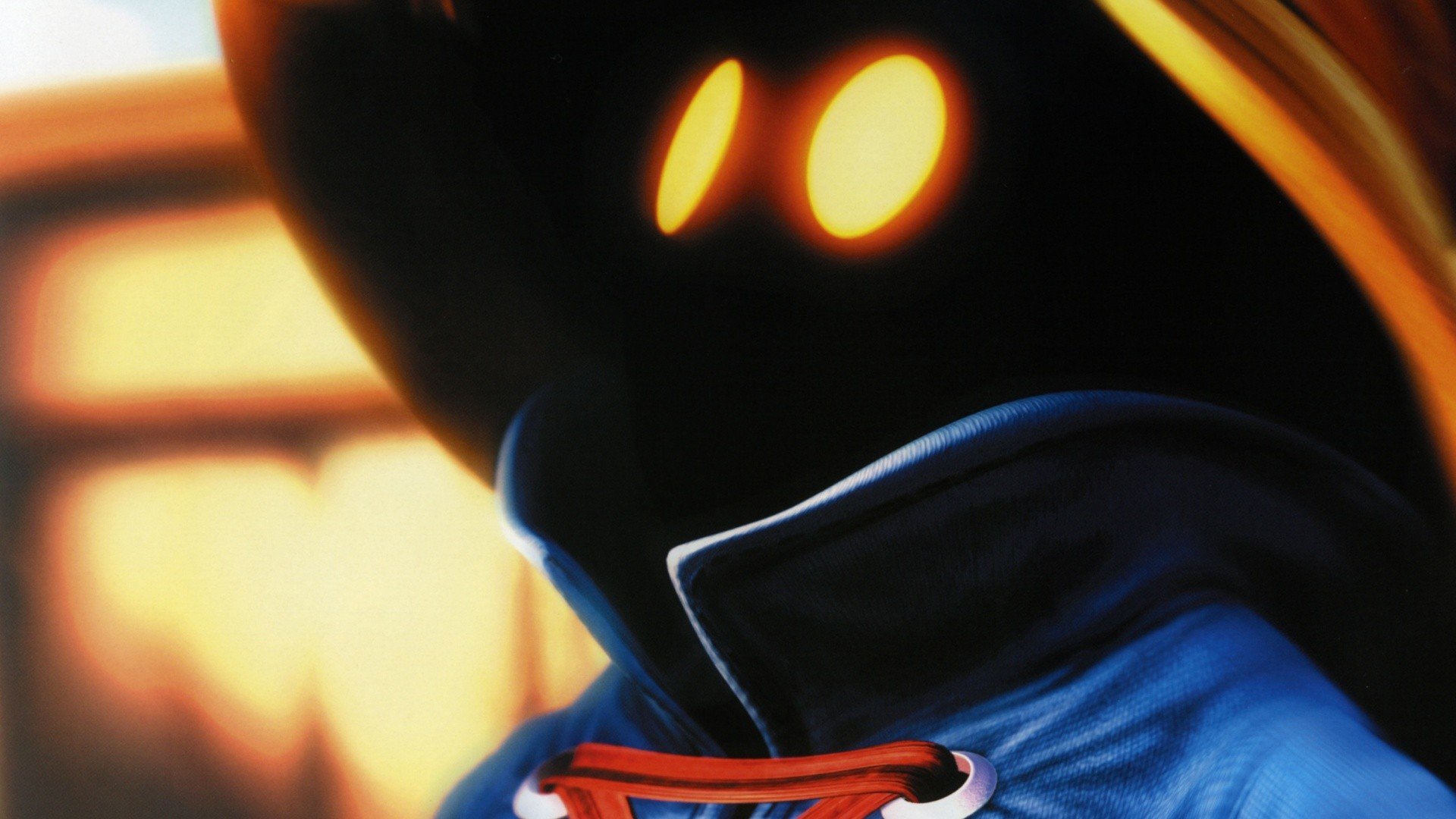Found in NeMo.
the authors said the takedown reflects Nvidia’s having “admitted” it trained NeMo on the dataset
Oooh so they’re fucked.
THOUGH… let’s say I bought a book, why am I not allowed to learn from that book, and write in a similar style to that book. I am? Well why can’t I train an AI to use that book and have it write in a similar style? I’m not sold on “I must give you permission to use my book to train an AI.” Maybe if I agreed to those terms BEFORE buying the book, but it seems odd that someone can bar me from doing that AFTER buying the book. And just because “we never thought about that” isn’t really a good excuse to change the rights for someone who bought the book.
Though if anything this basically proves the old adage. “Don’t tell anyone what’s in your AI’s training data”
Because if a human does it, it’s a huge, labour-intensive task, and that difficulty serves as a very effective filter to stop the world being flooded by copied crap derived from the hard work of a person.
If we let AIs do it, we’d be able to churn out so much of it. Just a never ending torrent of machine-generated copycat garbage, constantly being spewed out, flooding the market, stamping out the actual people that wrote the content in the first place.
Funny enough, the printing press also led to changes for a similar reason - there was very little protection in place for writers before the printing press, because copying their work was such a painstaking task that few people bothered and it wasn’t much of an issue. Once there was the technology to quickly and trivially rip off their work and print it mass-scale, IP protections were granted to authors.
Humans are not generally allowed to do what AI is doing! You talk about copying someone else’s “style” because you know that “style” is not protected by copyright, but that is a false equivalence. An AI is not copying “style”, but rather every discernible pattern of its input. It is just as likely to copy Walt Disney’s drawing style as it is to copy the design of Mickey Mouse. We’ve seen countless examples of AI’s copying characters, verbatim passages of texts and snippets of code. Imagine if a person copied Mickey Mouse’s character design and they got sued for copyright infringement. Then they go to court and their defense was that they downloaded copies of the original works without permission and studied them for the sole purpose of imitating them. They would be admitting that every perceived similarity is intentional. Do you think they would not be found guilty of copyright infringement? And AI is this example taken to the extreme. It’s not just creating something similar, it is by design trying to maximize the similarity of its output to its training data. It is being the least creative that is mathematically possible. The AI’s only trick is that it threw so many stuff into its mixer of training data that you can’t generally trace the output to a specific input. But the math is clear. And while its obvious that no sane person will use a copy of Mickey Mouse just because an AI produced it, the same cannot be said for characters of lesser known works, passages from obscure books, and code snippets from small free software projects.
In addition to the above, we allow humans to engage in potentially harmful behavior for various reasons that do not apply to AIs.
- “Innocent until proven guilty” is fundamental to our justice systems. The same does not apply to inanimate objects. Eg a firearm is restricted because of the danger it poses even if it has not been used to shoot someone. A person is only liable for the damage they have caused, never their potential to cause it.
- We care about peoples’ well-being. We would not ban people from enjoying art just because they might copy it because that would be sacrificing too much. However, no harm is done to an AI when it is prevented from being trained, because an AI is not a person with feelings.
- Human behavior is complex and hard to control. A person might unintentionally copy protected elements of works when being influenced by them, but that’s hard to tell in most cases. An AI has the sole purpose of copying patterns with no other input.
For all of the above reasons, we choose to err on the side of caution when restricting human behavior, but we have no reason to do the same for AIs, or anything inanimate.
In summary, we do not allow humans to do what AIs are doing now and even if we did, that would not be a good argument against AI regulation.



